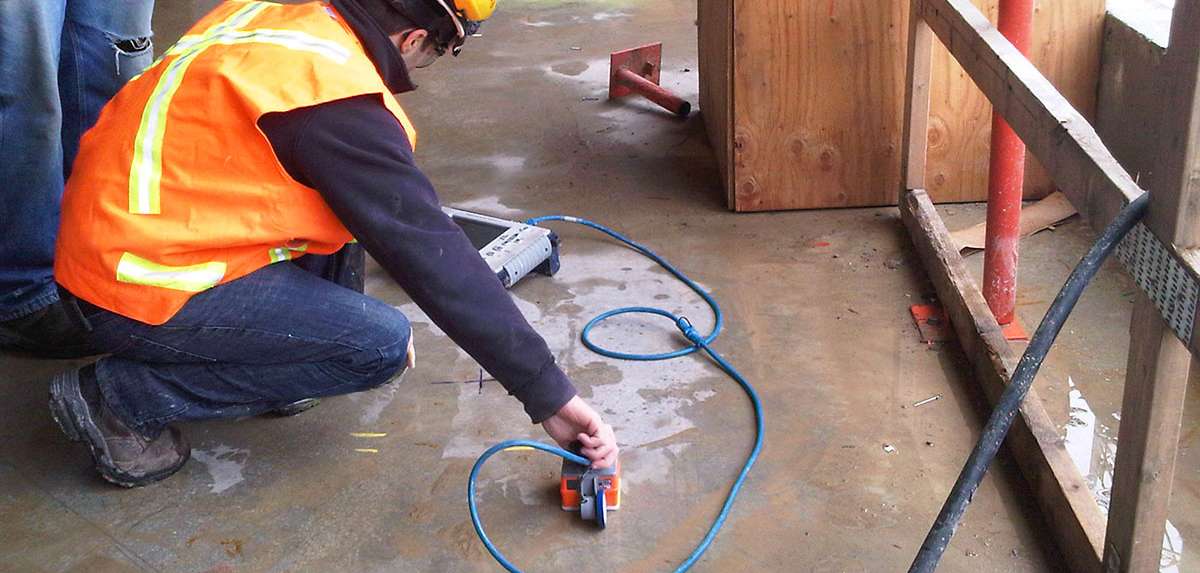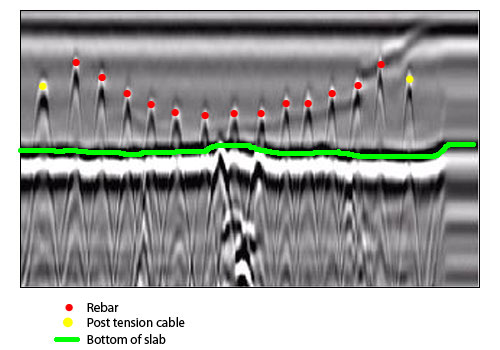Beyond the Surface Area: Leveraging Advanced Concrete Scanning Techniques for Unmatched Precision and Insight
In the world of building and infrastructure upkeep, the mission for accuracy and thoroughness is incessant. Advanced concrete scanning methods have arised as crucial tools in this quest, offering a glance below the surface area to reveal a globe of vital insights. By using innovative technologies, specialists can uncover abnormalities, evaluate the problem of concrete structures, and make educated decisions that form the program of tasks. The ramifications of these strategies extend much beyond simple surface-level assessments, assuring a depth of precision and understanding that is exceptional.
Relevance of Advanced Concrete Scanning
The importance of using sophisticated concrete scanning strategies exists in the unmatched precision they provide for discovering sub-surface abnormalities and making certain architectural honesty. By utilizing sophisticated technologies such as ground-penetrating radar (GPR), electromagnetic induction, and advanced sonar imaging, construction professionals can dive under the surface area of concrete frameworks with a degree of precision that far exceeds conventional assessment techniques. Concrete Scanning. These methods allow the identification of covert hazards like rebar corrosion, voids, conduits, or post-tension cables that could endanger the security and security of a structure over time
Moreover, progressed concrete scanning supplies vital understandings into the overall condition of a concrete aspect without the demand for invasive measures, reducing the risk of triggering damage during the analysis process. The ability to determine the precise location and deepness of prospective issues permits for targeted repair services and maintenance, inevitably extending the life expectancy of the framework and enhancing its performance. Fundamentally, the significance of advanced concrete scanning can not be overemphasized in the world of building and construction and facilities upkeep, where precision and integrity are extremely important.
Kinds Of Cutting-Edge Technologies

Anomalies and Defect Discovery

In addition to GPR, concrete scanning strategies like thermography and impact-echo screening are likewise effective in discovering anomalies and defects. By leveraging these advanced strategies, experts can proactively deal with architectural problems, guaranteeing the longevity and security of concrete structures.
Assessing Concrete Problem
Just how can engineers accurately examine the problem of concrete structures to ensure their long life and safety? Different innovative concrete scanning techniques are employed for this function. Ground-penetrating radar (GPR) is generally used to examine the inner framework of concrete, detecting gaps, splits, and other anomalies that may endanger its toughness.
Moreover, aesthetic inspection stays an essential component of concrete problem analysis. Designers aesthetically examine the surface for signs of wear and tear, such as spalling, cracking, or discoloration. Combining non-destructive testing methods with visual evaluations enables an extensive assessment of concrete condition, enabling engineers to identify potential concerns early on and implement timely upkeep or fixings. By leveraging these innovative strategies, designers can make sure the long-lasting toughness and security of concrete structures.
Enhancing Decision-Making Processes
In the world of facilities management, maximizing decision-making procedures is essential for Click Here making certain the efficient maintenance and long life of concrete structures. Boosted decision-making processes in concrete monitoring entail using advanced scanning strategies to gather thorough data on the problem of structures. By leveraging modern technologies such as ground-penetrating radar and 3D imaging, stakeholders can make enlightened decisions concerning support, repair service, or replacement approaches.
These advanced scanning methods give indispensable understandings into the interior structure of concrete, identifying prospective problems such as gaps, cracks, or rust that might not show up externally. This level of in-depth details permits positive upkeep preparation, reducing the danger of architectural failings and boosting the overall lifespan of concrete frameworks.
Additionally, by including electronic documents and evaluation devices right into the decision-making view it now procedure, stakeholders can track the advancement of concrete problems with time, making it possible for anticipating upkeep methods and enhancing resource allowance. Eventually, the combination of advanced concrete scanning techniques enhances decision-making procedures by giving unequaled accuracy, insight, and efficiency in infrastructure monitoring.
Verdict
In final thought, advanced concrete scanning techniques supply unparalleled precision and understanding in discovering anomalies, defects, and analyzing the problem of concrete structures. By leveraging cutting-edge modern technologies, decision-making procedures can be enhanced, leading to even more educated and reliable remedies for preserving and repairing concrete framework. These methods play an essential duty in making sure the safety and long life of concrete structures, making them an important tool in the field of construction and design.
Furthermore, progressed concrete scanning offers very useful insights right into the general problem of a concrete element without the demand for invasive procedures, minimizing the danger of causing damage throughout the assessment procedure official website - Concrete Scanning. An additional ingenious modern technology is 3D X-ray scanning, which offers thorough pictures of the inner structure of concrete, using beneficial information without the requirement for damaging screening. In Addition, Concrete Cover Meters are used to determine the density of concrete cover over reinforcement bars precisely. Boosted decision-making procedures in concrete monitoring involve using innovative scanning techniques to gather in-depth information on the condition of structures.In final thought, progressed concrete scanning techniques provide unequaled precision and understanding in spotting anomalies, flaws, and analyzing the problem of concrete frameworks
Comments on “Expert Tips for Optimal Concrete Scanning Outcomes”